Commentary: A penniless America requires changes to change
Published in Political News
One thing you can say about the president is that he likes to change things.
He wanted the Gulf of Mexico renamed the Gulf of America, signing an executive order making it the official name for the federal government. He also signed an executive order changing the highest peak in the nation back to Mount McKinley from Denali. He renamed the Department of Defense the Department of War, a name that it held until after the 1947 National Security Act was passed into law.
The one change that will directly impact Americans is his proposal to eliminate the penny. Though the first three changes raised some eyebrows, and perhaps were more symbolic than substantive, the fourth has some teeth and makes good sense.
The cost of producing a one cent coin was 3.69 cents in 2024, broken down by materials (which is now mostly zinc), administration, and distribution. 3.172 billion one cent coins were produced in 2024, placing $31.72 million of monetary value into circulation at a cost of $117 million. From a purely cost-savings perspective, adding more penny coins to circulation provides a negative return on investment.
Numerous other countries have already eliminated the penny coin or its equivalent. Canada did so back in 2012 and has never looked back. They also eliminated one dollar and two dollar banknotes in favor of coins, back in 1989 and 1996, respectively, now affectionately known as loonies and toonies. Such a change is not something our nation appears ready for anytime soon.
There is a precedent with the Treasury eliminating coin denominations. In 1792, the U.S. had 10 denominations of coinage (half-cent, one cent, half-dime, dime, quarter, half-dollar, one-dollar, quarter-eagle ($2.50), half-eagle ($5), and eagle ($10)). In 1857, production of the half-cent coin was stopped, given the limited economic value (buying power) that it provided. Other coin denominations (two-cent, three-cent, 20-cent, and $3-dollar) all came and went at varying times between 1851 and 1889.
With around 86% of financial transactions now done electronically, and with this number growing over time, pennies have become akin to noise in many cash transactions. Given that one cent in 1857 has the equivalent buying power of 37 cents today, the value of a penny has become negligible.
The loudest and perhaps most worthy argument in favor of keeping the penny is that those in the lowest socio-economic strata, who almost exclusively rely on the cash economy could be negatively impacted with the elimination of pennies. However, stopping the production of pennies does not mean that they will instantaneously cease to exist. In Canada, pennies remain legal tender and can be exchanged at any financial institution. Moreover, the nickel has effectively replaced their smallest unit of coin circulation, with rounding up or down used to determine cash prices.
Yet why stop with pennies? The cost of producing nickels was 13.78 cents in 2024. From a cost savings perspective, eliminating nickels should also be considered, leaving the 10-cent dime as the smallest coin produced. This would be equivalent to moving the decimal place over by one space in cash transactions, making a dime the de facto new penny.
Consumers would bear a small cost of such eliminations, estimated by the Federal Reserve to be $6 million annually for pennies and $56 million annually for nickels, mostly due to skewed price rounding. No longer producing pennies and nickels would also yield a cost savings to the US Mint far above $100 million annually, a positive return on investment. Given that the U.S. population is now over 340 million, the resulting consumer costs translate into two cents and 17 cents per person annually, respectively.
Though the cost savings in not producing pennies and nickels may be the strongest argument, the best reason is more fundamental: changes in buying power have historically dictated coinage denomination changes and needs, and should continue to do so. Unfortunately, our nation has a disappointing record of being slow to adapt to changes that the rest of the world have embraced for their own betterment.
To illustrate this point, the U.S. made an effort to switch to the metric system in 1976, which the majority of the world uses. Adopting such standardization provides economic advantages, particularly in products distributed through global trade. Good faith efforts were made, including the creation of the United States Metric Board to support the conversion. All such efforts failed, with metric measures generally not well received and eventually falling by the wayside.
Change is hard; leaving the status quo alone is easy. But just because something is easy does not mean that it is ideal. The time to sunset both pennies and nickels has arrived. Much like coins that fell by the wayside in the past, leave them to numismatists to enjoy in their collections and for the history that they possess for future generations.
Speaking of sunsets, the end of daylight saving time has occurred. Perhaps the president will also take the necessary steps to stop the clock change gymnastics once and for all.
____
Sheldon H. Jacobson, Ph.D., is a computer science professor in the Grainger College of Engineering at the University of Illinois Urbana-Champaign.
_____
©2025 Tribune Content Agency, LLC.
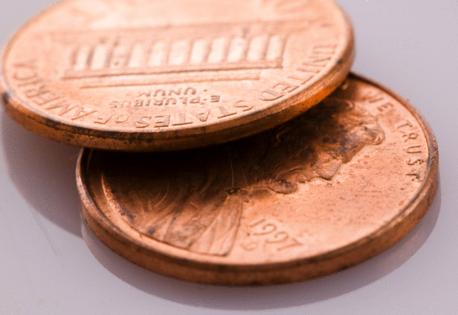






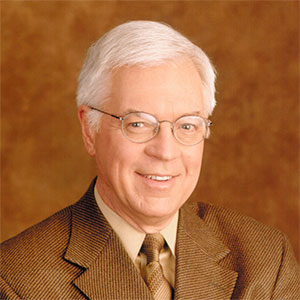















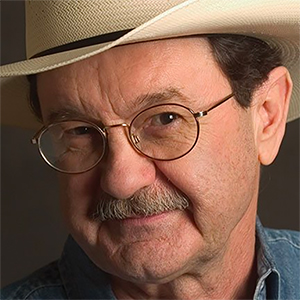



























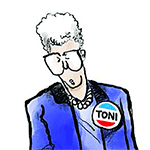

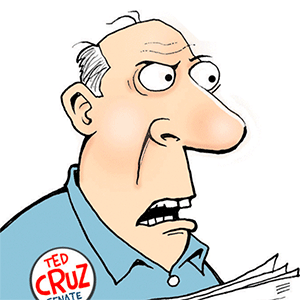


Comments